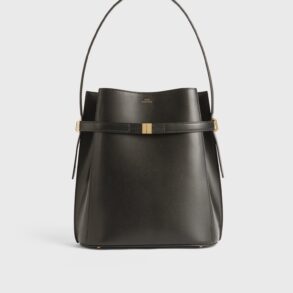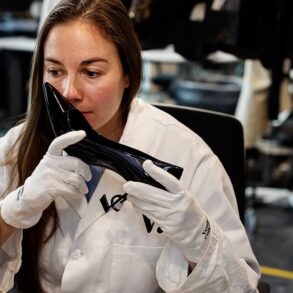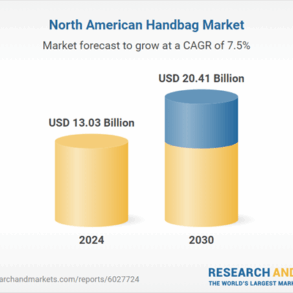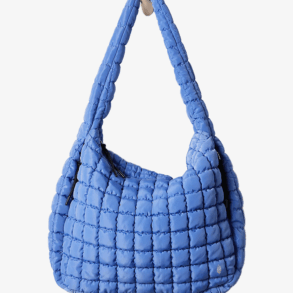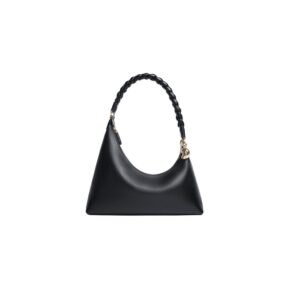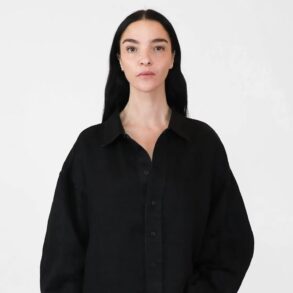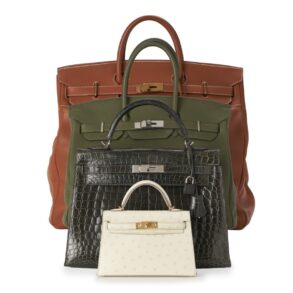
Hermès is looking to swiftly sidestep the lawsuit waged against it for allegedly conditioning access to its most coveted handbags on consumers’ purchases of other Hermès products. Setting the stage in the motion to dismiss that it filed on Thursday, counsel for Hermès asserts that Tina Cavalleri and Mark Glinoga (the “plaintiffs”) “fundamentally misunderstand the antitrust laws,” asserting that Hermès “does not require a customer to have purchased its many other products before purchasing a Birkin or Kelly handbag.” But, even if it did, the French luxury goods brand claims that this would not violate the antitrust laws, and thus, the court should toss out the plaintiffs’ “fatal[ly] deficien[t]” complaint that “utterly fail[s] to meet the requirements to state a tying claim.”
Getting to the heart of the plaintiffs’ lawsuit, in which they argue that Hermès is running afoul of Section 2 of the Sherman Act by predicating the availability of Birkin bags (the “tying” product) on consumers’ earlier purchase of other Hermès products (the “tied” goods) in order to boost sales of those latter products, Hermès asserts that the court should toss out the Sherman Act claim for “at least four independent reasons.” Counsel for the Birkin bag-maker argues that …
(1) The plaintiffs “do not allege that Hermès possesses market power in a properly defined tying product market.” One of the key problems with the lawsuit at hand, according to Hermès, is that the plaintiffs’ “attempt to invoke a single-brand product market” by arguing that Birkin and Kelly handbags together constitute their own product market is “legally erroneous and unsupported by factual allegations.” As part of an effort to “minimize the fierce competition across all segments of luxury goods, including handbags,” Hermès argues that the plaintiffs allege the tying market here consists of “Birkin and Kelly handbags and absolutely nothing else.”
Not only have courts repeatedly found the existence of such single-brand markets to be “extremely rare” since “a single brand rarely, if ever, has no economic substitutes, as would be required for the brand to constitute its own market,” Hermès asserts that “even if a single-brand market could theoretically exist outside the aftermarket context, the plaintiffs have not pleaded sufficient facts to show that the Birkin and Kelly handbags constitute their own market.”
The plaintiffs here rely on “the Birkin Bag’s trademark; Hermès’ general reputation as a highly regarded fashion brand; and the Birkin Bag’s limited supply and high price” in furtherance of their claim that Birkins constitute their own market. However, none of these elements “come close to establishing a separate market” for Birkins, Hermès argues, noting that “as a matter of law, the existence of a patent is insufficient to infer market power—so a trademark is certainly not enough to define an entire market.”
Additionally, consumers’ high regard for the Hermès brand or the Birkin and Kelly products is similarly insufficient, as courts have held that “even ‘intense’ ‘brand loyalty’ is not enough” to create a single-brand market, and that while “virtually every seller of a branded product has some customers who especially prefer its product,” that does not, alone, show “market power.”
In short: “Any suggestion that the Birkin and Kelly handbags have no economic substitutes is patently wrong,” Hermès maintains in furtherance of its argument that the relevant market here goes beyond a single brand and two of its most sought-after products. (We previously dove into the market power element of this case right here.)
(2) The plaintiffs do not allege a properly defined tied product market. Hermès argues that the plaintiffs’ definition of the tied product market – which they claim consists of “ancillary products,” or “any products sold at Hermès branded retail boutiques except for any Birkin, Kelly, or Constance branded handbag” – is “facially unsustainable.” The primary issue here, according to Hermès, is that the plaintiffs’ market definition “does not appear to reach beyond Hermès—even though Hermès faces clear competition from different sellers on the wide range of products it sells.”
Moreover, the plaintiffs’ “attempt to group all of Hermès products (except for [the aforementioned] handbags) into a single ‘Ancillary Products’ market consisting of disparate products ranging from jewelry to shoes to perfume to home goods contravenes controlling precedent and flunks both basic economics and common sense.” Still yet, the plaintiffs do “not identify any particular tied product that customers are required to purchase for access to Birkin Bags,” Hermès argues, “nor even a total amount of money that customers are purportedly expected to spend.”
(3) The plaintiffs make “no allegations that Hermès has excluded other sellers of the supposedly tied products.” In lieu of “well-pleaded allegations that other sellers of jewelry, shoes, perfume, home goods, and so-on, have been excluded from competing, there is no viable tying claim—and there is no harm to the competitive process, the focus of the antitrust laws,” per Hermès.
Instead of alleging that Hermès has excluded competitors or otherwise harmed competition in any tied product market, the plaintiffs assert “only that the alleged tie has ‘effectively increase[d] the price of Birkin handbags’ and hindered [their] ability to ‘choose among’ luxury items ‘independently from their decision to purchase Birkin handbags.”
(4) Finally, “the plaintiffs do not plead the willful acquisition or maintenance of monopoly power.” A plaintiff alleging tying under Section 2 “must also plead facts establishing (i) ‘monopoly power in the relevant market’ and (ii) ‘the willful acquisition or maintenance of that power as distinguished from growth or development as a consequence of a superior product, business acumen, or historic accident.’” The plaintiffs fail on both prongs, Hermès contends, as they fail to define a relevant market, and fail to allege that Hermès has monopoly power in any well-defined market. “They also flunk the second prong because they plead no facts showing that Hermès willfully acquired or maintained a monopoly through anticompetitive conduct,” counsel for Hermès adds.
With the foregoing in mind, Hermès asserts that not only do the plaintiffs’ Sherman Act claims fail, but the derivative claims that they make under the Cartwright Act and the California Unfair Competition Law should be dismissed, as well.
The case is Cavalleri, et al. v. Hermès International, et al., 3:24-cv-01707 (N.D. Cal.)
This post was originally published on this site be sure to check out more of their content.









